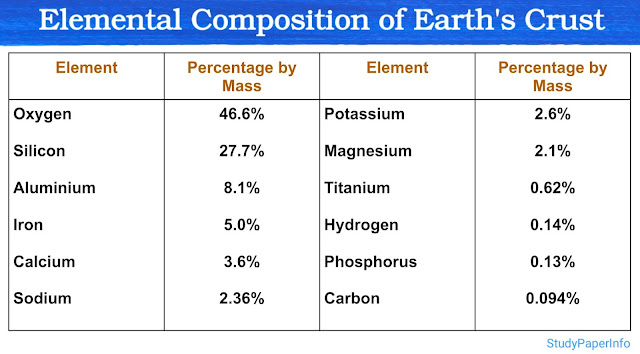Explain the role of microtubules in cell division
Microtubules are essential components of the cytoskeleton in eukaryotic cells. They are long, hollow tubes made of tubulin protein subunits, and they play crucial roles in various cellular functions, including providing structural support, enabling intracellular transport and maintaining cell shape. In cell division, microtubules are particularly important, as they form the mitotic spindle, which ensures accurate chromosome segregation during mitosis and meiosis. The role of microtubules in cell division is integral for the successful division of the cell into two daughter cells.
Role of Microtubules in Cell Division
Microtubules have a critical role in the process of cell division, particularly during mitosis and meiosis. Their involvement ensures the proper alignment, separation and movement of chromosomes, making them indispensable for accurate cell division. Below are the primary roles of microtubules in cell division:
1. Formation of the Mitotic Spindle
- During cell division, microtubules form the mitotic spindle, a structure that facilitates the movement and segregation of chromosomes into two daughter cells. The spindle is composed of both kinetochore microtubules, which attach to chromosomes and non-kinetochore microtubules, which help in maintaining the structural integrity of the spindle.
2. Chromosome Alignment
- Microtubules assist in aligning chromosomes at the cell's equator during metaphase. They attach to the kinetochores, protein structures on the centromere of chromosomes, aligning them in preparation for anaphase.
3. Chromosome Separation
- During anaphase, the kinetochore microtubules shorten, pulling the sister chromatids apart towards opposite poles of the cell. This ensures that each daughter cell receives an identical set of chromosomes.
4. Cytokinesis
- Microtubules also play a role in cytokinesis, the final stage of cell division, by contributing to the formation of the contractile ring. This ring, which is made of actin filaments, constricts the cell membrane to divide the cytoplasm and separate the two daughter cells.
5. Spindle Checkpoint Regulation
- Microtubules are involved in regulating the spindle checkpoint, a mechanism that ensures chromosomes are correctly attached to the spindle before the cell proceeds from metaphase to anaphase. If any chromosomes are not properly aligned, the checkpoint halts progression, allowing time for corrections.
6. Polarization of the Cell
- During mitosis, microtubules contribute to the polarization of the cell, ensuring that the two daughter cells have distinct poles, which are necessary for their future functionality and orientation.


Comments
Post a Comment